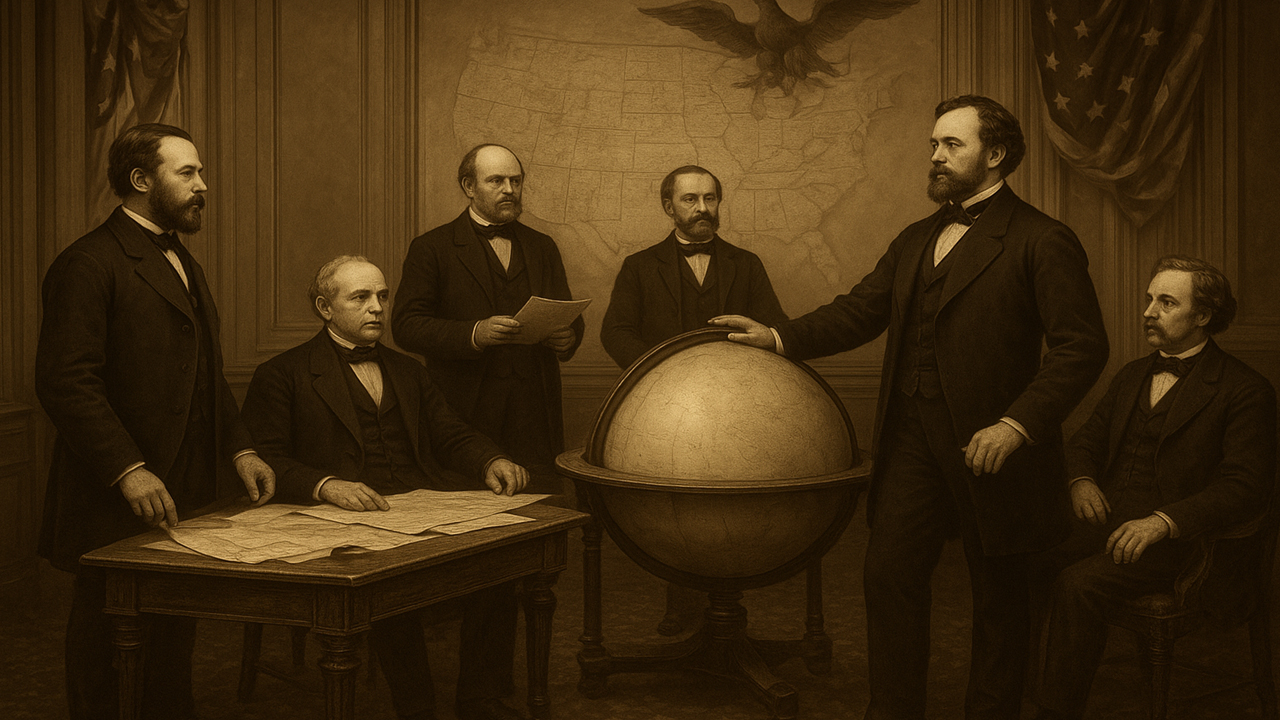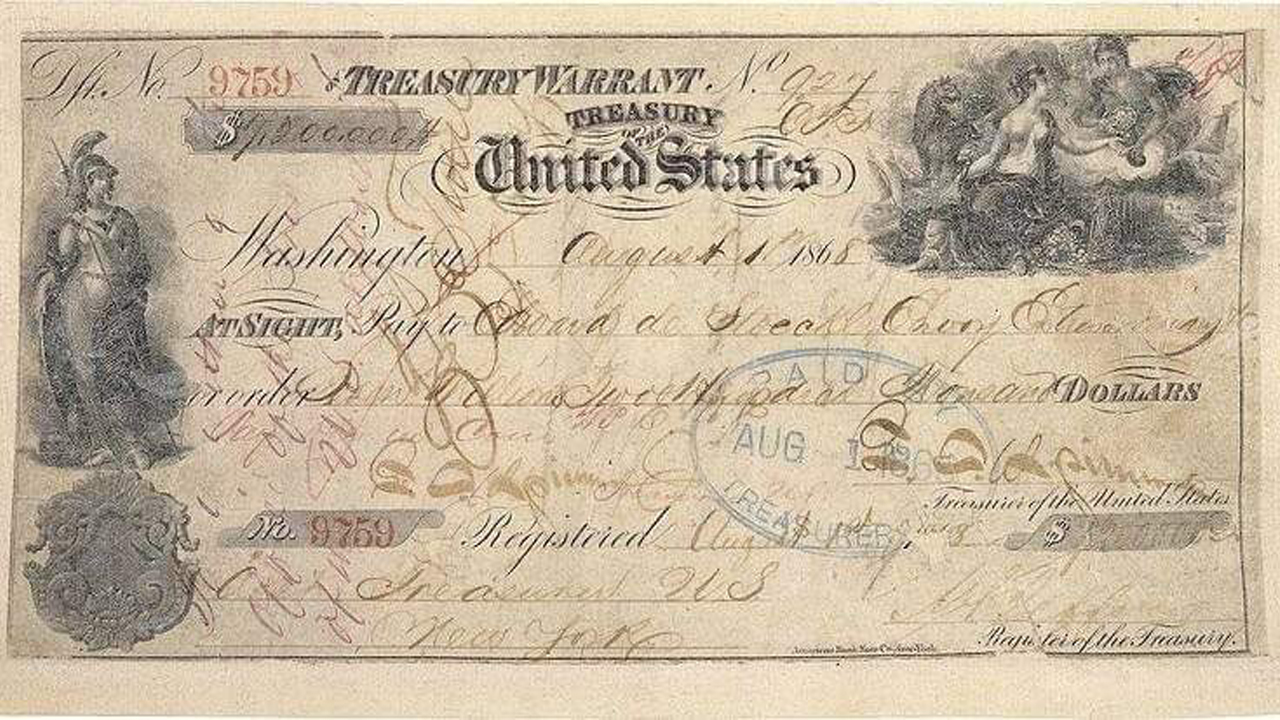
US President Donald Trump and Russian President Vladimir V. Putin will meet on Saturday (IST) in Anchorage, Alaska, which the US paid almost $7.2 million to buy from Russia in 1867. The historic sale of Alaska has been the subject of renewed international discussion as a result of this gathering.
In the first place, why did Russia sell Alaska? What made the decision? Which accords were reached between the two countries? And why, after more than 150 years, are the leaders of both nations gathering here at the same place? Many want to know if the conflict between Russia and Ukraine will be discussed, if a decision about peace talks between the two countries will be reached, and if the future of the Ukrainian territories that Russia now occupies will be debated. Particularly, Ukrainians are eager to observe how this meeting turns up.
Russia sold Alaska, but why?
Back in 1783, under Catherine the Great, Russia fought a war for control of the Crimean Peninsula (in present-day Ukraine). Financial and strategic pressures from that era eventually contributed to the decision to sell Alaska to the U.S. Crimea later became part of Ukraine in 1991, but Russia re-annexed it in 2014. Then, in 2022, Russia launched a full-scale invasion of Ukraine — a war that still continues. However, historians believe the Trump–Putin talks now are unlikely to have anything directly to do with that 1867 sale.
At the time of the sale, Russian nationalists viewed it as a historic mistake. While it may have seemed a sound decision back then, many Russians today see it as a huge loss.
Multiple reasons behind the sale
In the 18th century, colonial expansion was booming. After seizing Alaska from its native inhabitants, Russia started to take advantage of its natural riches. But the region posed logistical challenges—it was separated from mainland Russia by the narrow Bering Strait, requiring long and difficult sea voyages to reach. In 1720, the strait was named for the Danish navigator Vitus Bering by Tsar Peter the Great.
Alaska’s Aleutian Islands contained 69 islands, including 14 large volcanic islands and 55 smaller ones, along with abundant resources. Russian fur traders and adventurers regularly exploited the local populace by stealing, kidnapping leaders’ children, seizing boats, destroying hunting equipment, and generally causing suffering. Over time, Alaska’s economic value to Russia began to decline.
In 1799, the Russian Empire and the United States officially began the fur trade industry there, helping Russia solidify control over Alaska and even expand influence south toward California. But the fur industry started bringing heavy losses. Poor agreements between Russian, British, and American traders, lack of regulated hunting limits, and the need to protect settlers and their assets from exploitation all became costly burdens. Historians believe that these factors may have played a significant role in Alaska’s sale to the US.
Geographic and political challenges
Alaska was far from Russia’s power centers, making it hard to govern. Trade conditions weren’t favorable, and there were fears that British forces might seize Alaska during conflicts such as the Crimean War (1853), when Russia fought the Ottoman Empire, Britain, and France. Some experts believe Russia sold Alaska partly to prevent it from falling into British hands.
The United States was rapidly growing by the middle of the 1800s, having already seized portions of Mexico, Texas, and California. The Pacific commanders of the U.S. Navy were also eager to secure Alaska.

The agreement
In 1867, U.S. Secretary of State William Henry Seward negotiated with Russian minister Eduard de Stoeckl to purchase the territory for million. They settled on .2 million, or less than two cents per acre, two weeks later. Following all-night negotiations, the agreement was approved by Congress and Tsar Alexander II and signed in Seward’s office at 4 a.m.
There was some debate about the deal.The United States delayed payment after allegations surfaced that American politicians and journalists had accepted bribes from the funds. It was referred to as “Seward’s Folly” at the time by those who did not see the strategic advantage of annexing a region twice as large as France.